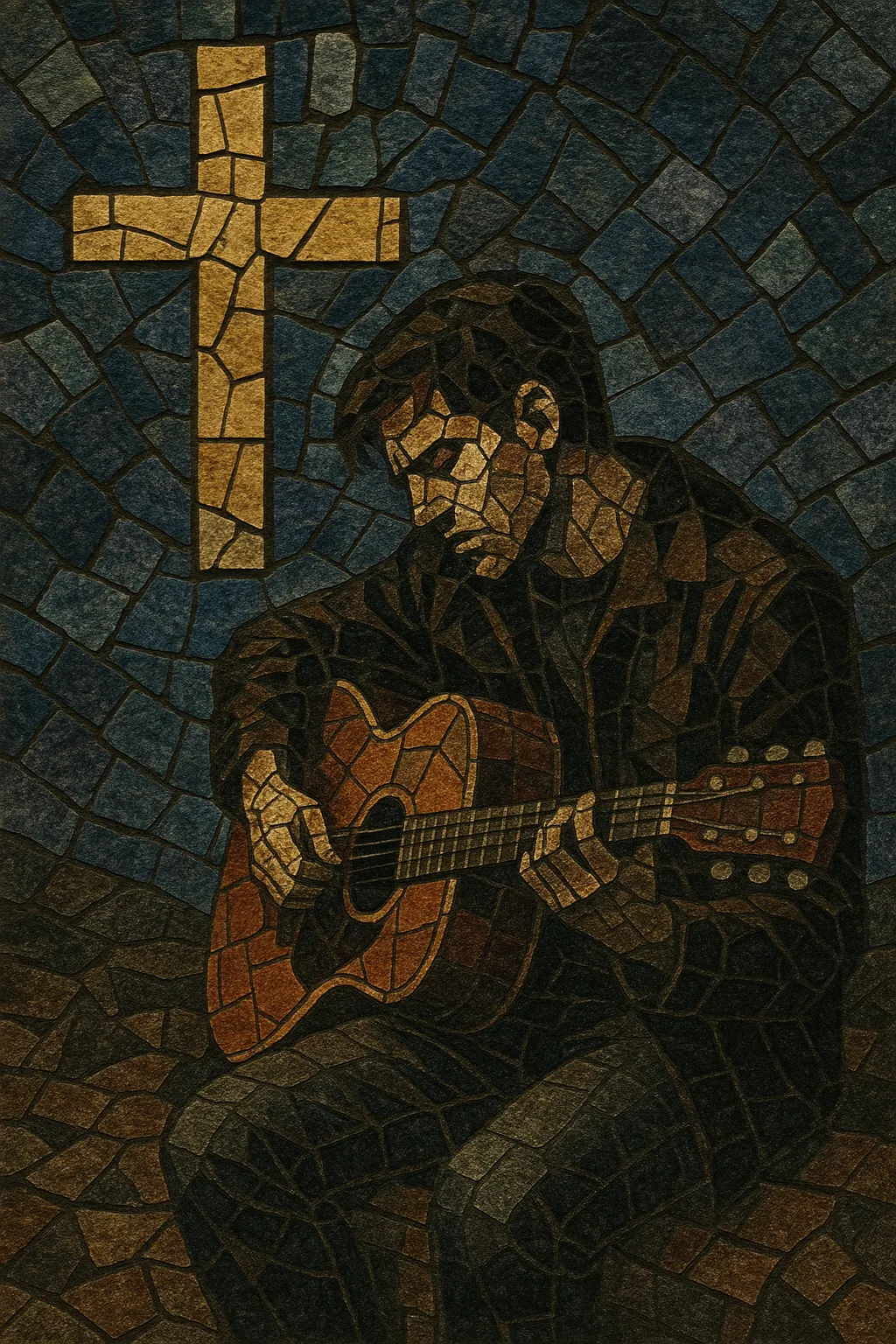
Christian alternative rock blends the sound and ethos of alternative rock with explicitly Christian lyrical themes. It favors guitar-driven textures, dynamic contrasts, and a focus on authenticity and doubt/faith narratives rather than overtly worship-oriented forms.
Stylistically, it borrows from post-punk, new wave, indie rock, and later grunge and post‑grunge, often presenting introspective lyrics that wrestle with belief, identity, and social issues. Compared with mainstream CCM, Christian alternative rock typically adopts edgier tones, less polished production, and more metaphorical, poetically coded faith language.
Christian alternative rock emerged in the United States during the 1980s, growing out of the Jesus music and early Christian rock movements of the 1970s. Bands like The 77s, The Choir, Rez Band, and Daniel Amos adopted the sonic palette of college rock, post‑punk, and new wave, while addressing faith, doubt, and cultural critique with more nuance than mainstream CCM. Independent labels and college radio helped these artists find audiences outside traditional church circuits.
The 1990s saw a major build‑out of infrastructure, especially through labels such as Tooth & Nail and Forefront, which cultivated a scene that included alternative, punk, and emo-leaning bands. Groups like Jars of Clay, DC Talk (in their rock era), and Newsboys reached sizable crossover audiences. Meanwhile, festivals and Christian book/music stores provided distribution channels that paralleled the secular indie ecosystem.
In the 2000s, bands such as Switchfoot, Skillet, and Anberlin achieved substantial mainstream visibility. Their radio‑friendly post‑grunge and alternative sound, coupled with thoughtful lyrics, allowed them to chart on secular stations while still resonating in Christian markets. Production quality rose, but the best‑known groups retained alternative rock’s dynamic builds and introspective tone.
The sound and songwriting approach of Christian alternative rock significantly informed modern worship bands and contemporary Christian pop, which adopted bigger guitars, crescendos, and anthemic hooks. Today, artists continue to navigate dual markets (faith-based and secular), frequently releasing work that emphasizes authenticity, social conscience, and the complexity of spiritual life.

